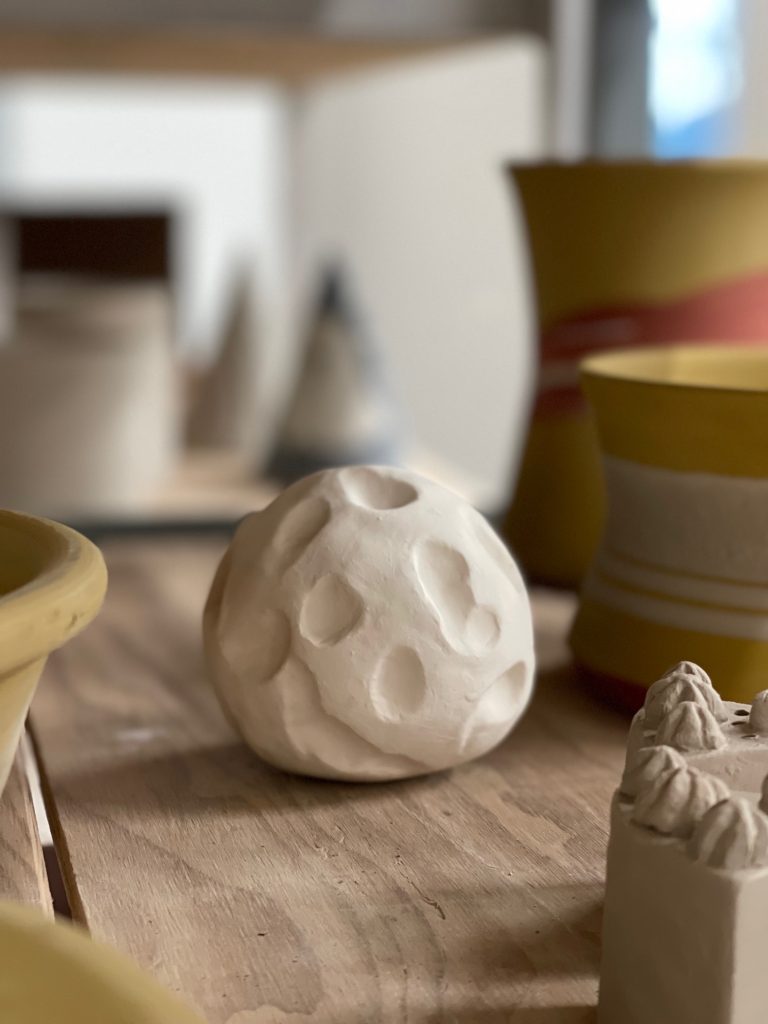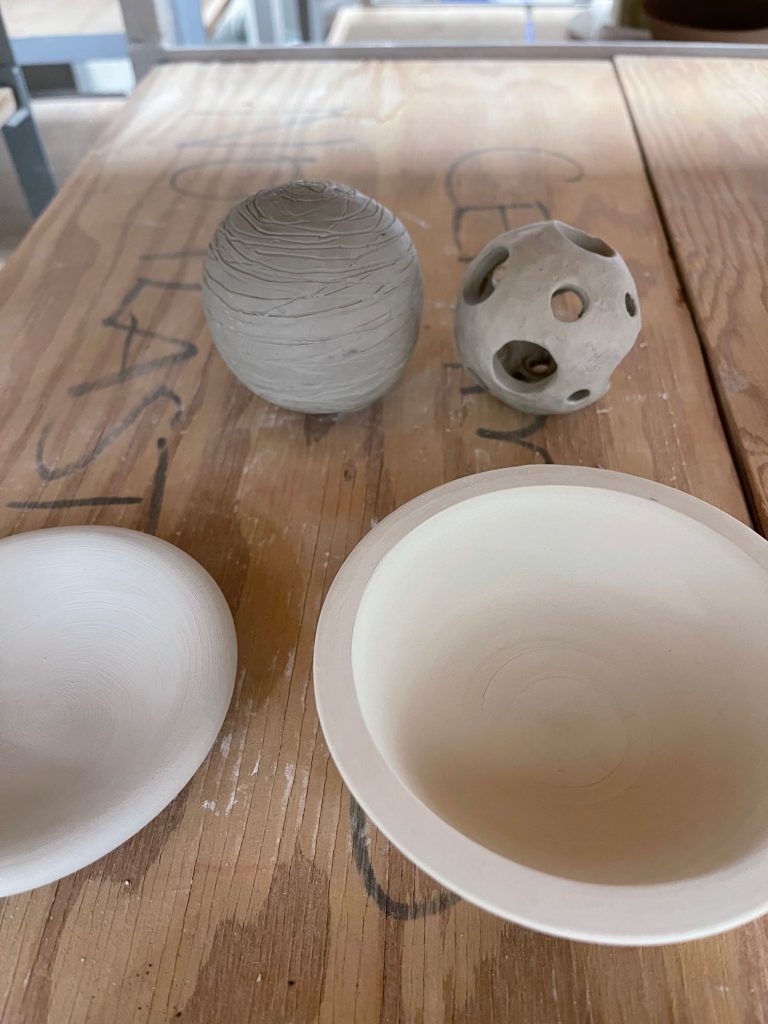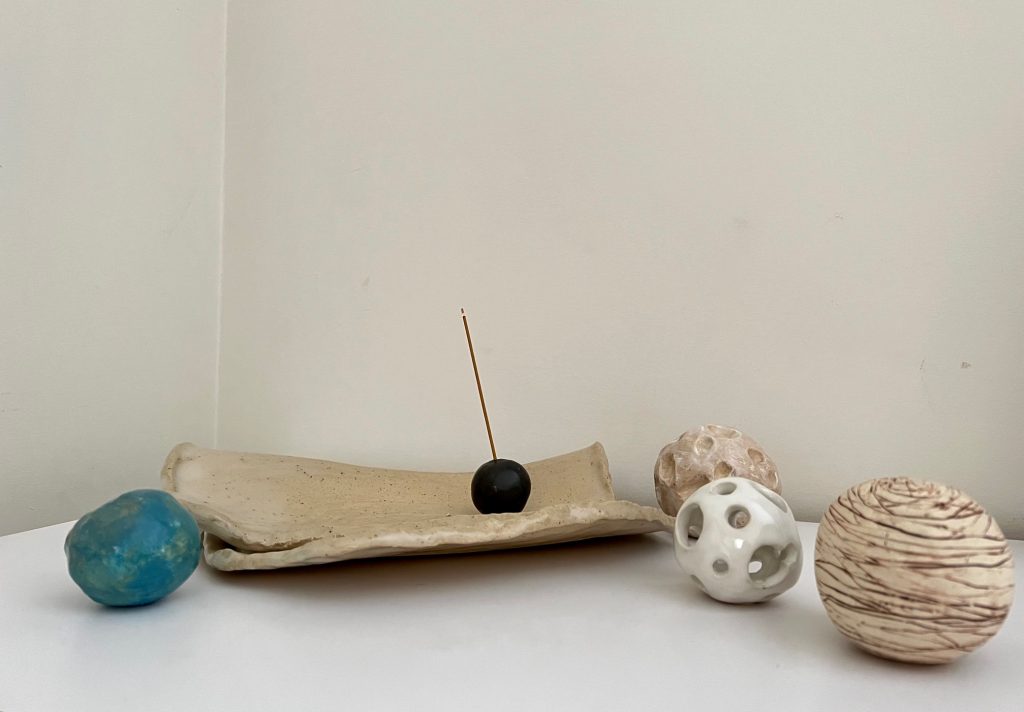Making Connection with Objects
How can one find value in and respect for inanimate objects? Is it by making connections?
When I was thinking about this I realized again that my upbringing in the Japanese school system, where I regularly participated in cleaning my classrooms, helped me develop connections and respect for objects. As I cleaned our desks with a wet rag that I would rinse and ring out, swept the classroom floor, cleaned the blackboard, etc… the act of cleaning these objects taught me social aspects of society while working together with my classmates, and also taught me how to have respect for things like chairs and desks. In western society, cleaning may just look like menial work, but I learned so much from it.
Shojiro Nakanishi stated, “School cleaning is perceived as an essential educational activity to support a student’s moral /spiritual growth. This growth is one of the three components: cognitive, physical, and moral/spiritual growth, of the ultimate goal of Japanese education which is the development of skills for an individual’s complete socialization” (Nakanishi, 1997). It is interesting to note that Nakanishi equated moral and spiritual as synonymous words. In Japan, morality is more than right and wrong, it comes from a deeper spiritual understanding of the value in everything.

Wanting to replicate my experience of cleaning in a classroom, and curious to find out if participating in similar exercises, could affect my classmates’ opinions of inanimate objects, I decided to conduct a simple cleaning exercise with my classmates. In a previous experiment that I detailed in my previous blog (December 13th, 2021, http://fullresgradstudios.ecuad.ca/mcolling/2021/12/13/prompt-four/), when I asked participants to try to find a connection with objects through cleaning, the results were mostly unsuccessful; when reviewing why I realized that I perhaps needed to provide more guidance if the concept was completely foreign. I wondered if I needed to provide more guidance to participants who may not have the same cultural understanding as I did of the spiritual/moral nature of the cleaning.
I asked the class to wipe down their chairs. I started to hand out gloves and cleaning wipes without much explanation other than asking them to start wiping down the chair that they were sitting on. Then, shortly after they started, I asked each participant to think about what kind of things that the chair may have gone through, where any marks on their chair came from, who may have sat in the chair previously, and if the person who sat there before was having a good day or bad day…


What I observed from this exercise/what participants said:
- Cleaning the chair helped them recall a memory.
- Simple observation can lead to deeper observation and consideration.
- A curiosity about other things is what causes us to want to know more about something.
- Calm – a participant was able to experience this feeling as a result of interacting with the chair.
- Developing an appreciation – without knowing, perhaps, we can be developing an appreciation for objects when we are looking closer at the details that make up the object.
- No feelings, but… It was interesting that even though a participant said they have “no strong feelings”, there still seems to be an empathetic response in their following answer when they said they were imagining the chair being subjected to “dirty shoes standing on it”.
- Appreciating the value ” ‘it’s a good chair”.
- Focusing on the function of the chair can be the beginning of appreciation.
- Some could feel something right away: “I can feel there’s a connection between the chair and me!”
- Some were able to uncover a relationship with the chair through intentional action: “I have a relationship with it – how precious it is.”
- Some participants were not feeling anything or observing very much, but even the fact they were making an observation that “chairs are quite clean in this school” could at least lead to an appreciation for others that maintain the chairs which deliver more perspective than previous to the exercise.
All participants made at least one observation. For example, some observed it was clean; others observed there was paint on it. Relationships can’t take hold without noticing things and so I think even a simple observation can be the start of a new way of connecting to inanimate objects.
Mari Kondo has become popular in western culture through her “tidying up” methods. Westerners have started to understand her desire that we find and honour things that “bring us joy”. When she asks people to give things up to unclutter, she asks them to thank them for what they have provided before they get rid of the object(s). These methods of expressing appreciation for things help us understand value and interconnectivity (even clothing, buttons, and fabric will stay in the cycle of our ecosystem). It always starts somewhere.
“People cannot change their habits without first changing their way of thinking. ”
Marie Kondo, The Life Changing Magic of Tidying Up
Reference
Nakanishi, S. (1997). Gakko Soji: (school cleaning by students): The Japanese curriculum for socialization (dissertation).












